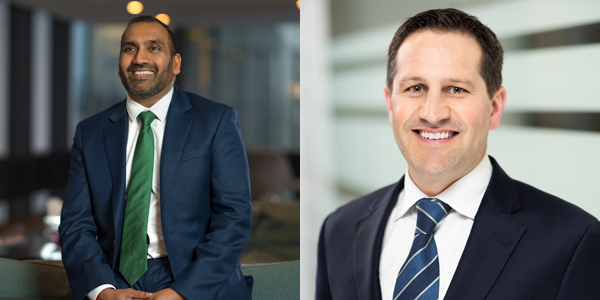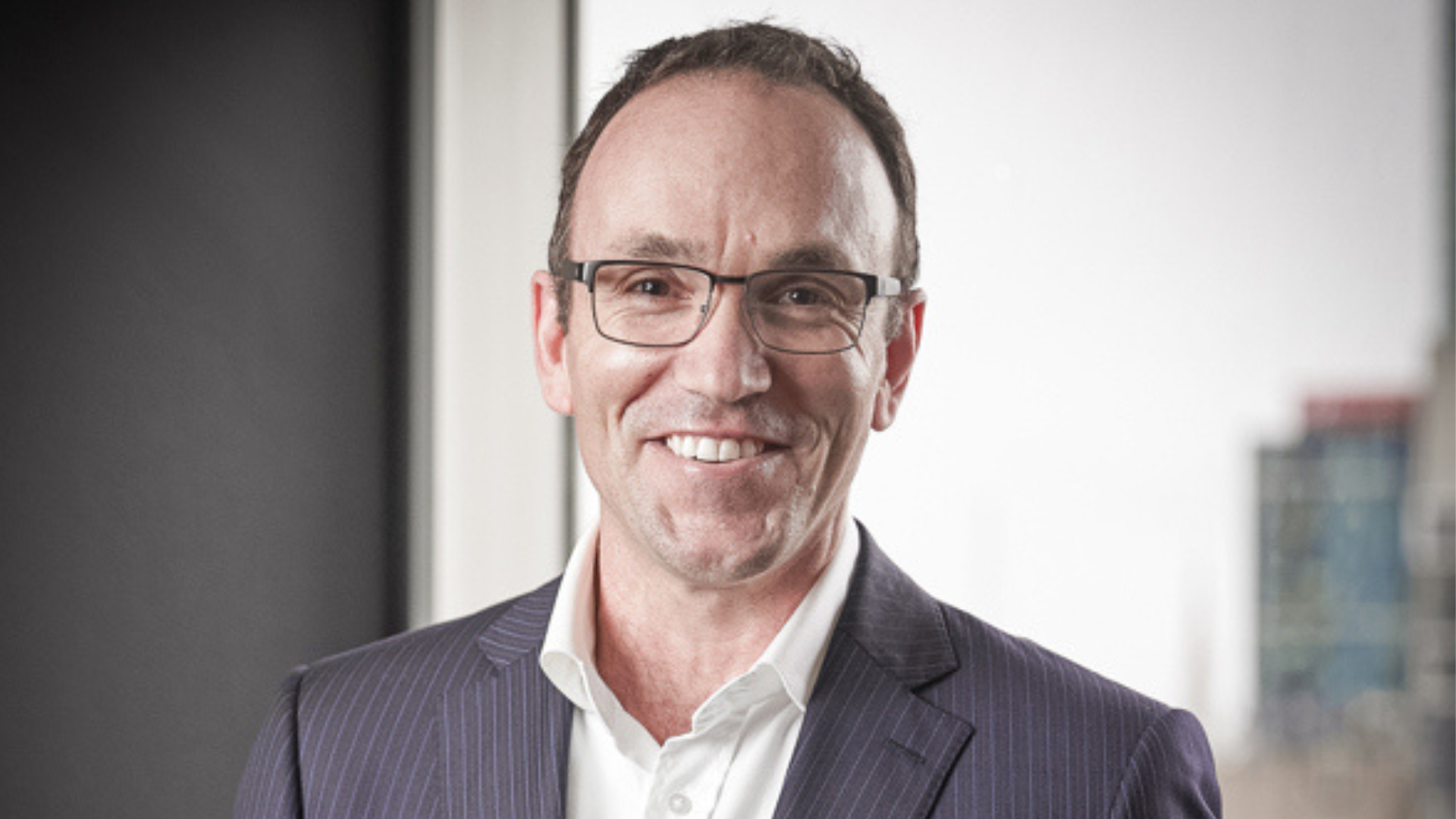Aviva Investors maps out a strategy for the next downturn
Of all the big questions investors need to address across various time periods, the biggest, over the short- to medium-term at least, is undoubtedly ‘where are we in the cycle?’. While difficult to answer with precision, the strong consensus is ‘late’. What to do about it is the next big question.
Aviva Investors – the UK-based global manager with offices in 14 countries, including Australia, and US$451 billion (A$598 billion) under management as at March 31 this year – has produced two papers which address the second question.
The two papers are: ‘Overcoming the Perils of Late-Cycle Investing’ and its more detailed companion paper ‘Tapping a Misunderstood Alpha Source – Effective Corporate Bond Portfolio Construction’. Both were written by Josh Lohmeier, head of US investment grade credit at Aviva Investors. Addressing what to do in a late-stage cycle, to protect on the downside, is all about credit.
Both papers recommend three keys to late-cycle portfolio management. They focus on the optimum management of investment grade portfolios; however, the principles can be applicable to other asset classes within a portfolio. They are:
- Behavioural biases lead many portfolio managers to overweight portfolios to riskier segments of the market. In a late-cycle environment, when risk increases, it is imperative to be aware of this bias.
- Tracking error is a useful metric, but managers must be aware of its limitations and be willing to deviate from benchmarks to improve risk-adjusted returns. Aviva Investors believes this can be accomplished without raising overall portfolio volatility.
- Managers who focus deeply on portfolio construction, using comprehensive and holistic processes, can produce more consistent and uncorrelated excess returns versus their peers.
“These are tenets we believe managers should always observe, but which are especially valuable late in the cycle. Not all credit managers take this integrated approach to portfolio construction, preferring to focus on portfolio-level adjustments to standard risk metrics. However, we believe a comprehensive approach is essential for successful volatility reduction, downside protection, and alpha generation,” Lohmeier says.
Divyesh Bhana, client solutions director for Australia at Aviva Investors, says that this is only the third time in the past 100 years in the U.S. that equity valuations have been this expensive, when you consider measures such as the Shiller CAPE for the S&P 500. The other two occasions were in 1929, prior to the Great Depression, and in 2000, prior to the dotcom tech bubble.
Bhana says it’s not uncommon for investors to use credit as a low volatility equity proxy late in the economic cycle to enhance returns and to provide some downside protection.
For most funds, equity risk represents the single largest risk component and is often a lot higher than the absolute allocation to equities. So, where do investors go? They can’t use traditional sovereign bonds for downside protection because of the low, zero, or even negative rates, he says. The answer is to go to ‘mid-risk’ assets. They include: emerging market debt; global investment grade credit; infrastructure debt; real estate debt; and, “the big thing everyone’s looking at”, which is private debt.
Given the ultra-low interest rates of the last 10 years, investors have increased allocations to property and to a lesser extent infrastructure as a fixed income proxy, a solution which offers similar characteristics to fixed income but can offer diversification benefits and potential a yield premium for investors comfortable with illiquidity.
In terms of an investor’s broader asset allocation in the current climate, it can also make sense for investors to consider unconstrained absolute return global macro strategies, which are constructed with much less market directional bias.
“If you look at our [Aviva Investors’] global multi-strategy portfolios, early this year we went from about 45 per cent to approximately 13 per cent in equity risk. We have materially reduced our equity risk exposure due to concerns about the outlook for global growth.”
Bhana says that traditional asset allocation approaches lead to portfolios that are diversified by asset class, but not necessarily by risk factors. He says that creating a portfolio which is based on risk diversification is better, although it tends to be more difficult to explain to members. That said, funds have begun the journey away from operating in asset class silos to a total portfolio approach.
Aviva Investors has three multi-strategy offerings in the Australian and New Zealand markets, through pooled unit trusts. They are:
- the AIMS (Aviva Investor Multi Strategy) ‘target return’ fund which has as its goal the cash return plus 5 per cent
- the AIMS ‘target income’ fund, which looks to produce an income of 4 per cent, and
- the AIMS ‘fixed income’ fund, which looks to produce a return of cash plus 3 per cent.
– G.B.
Note: Aviva Investors is a sponsor of Investor Strategy News.










